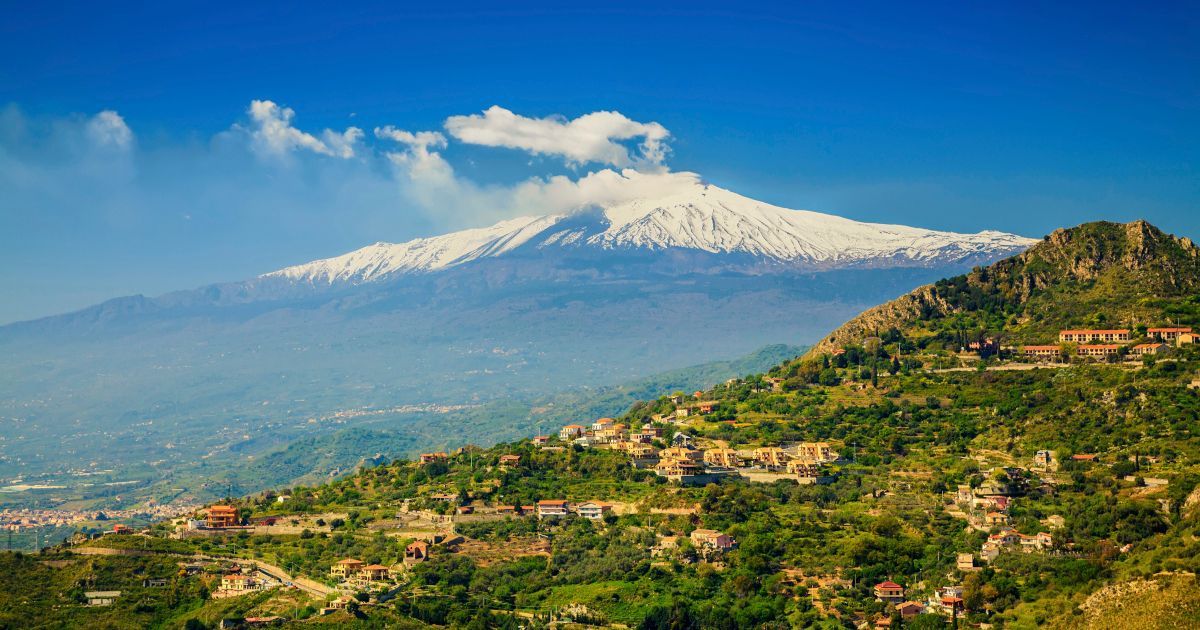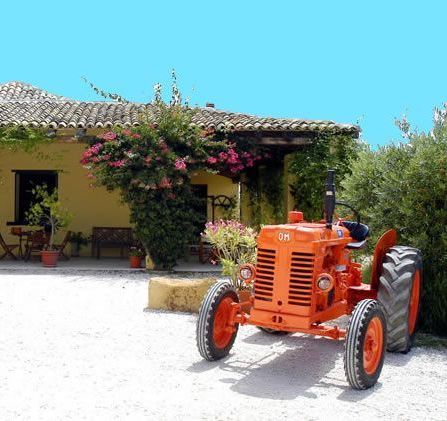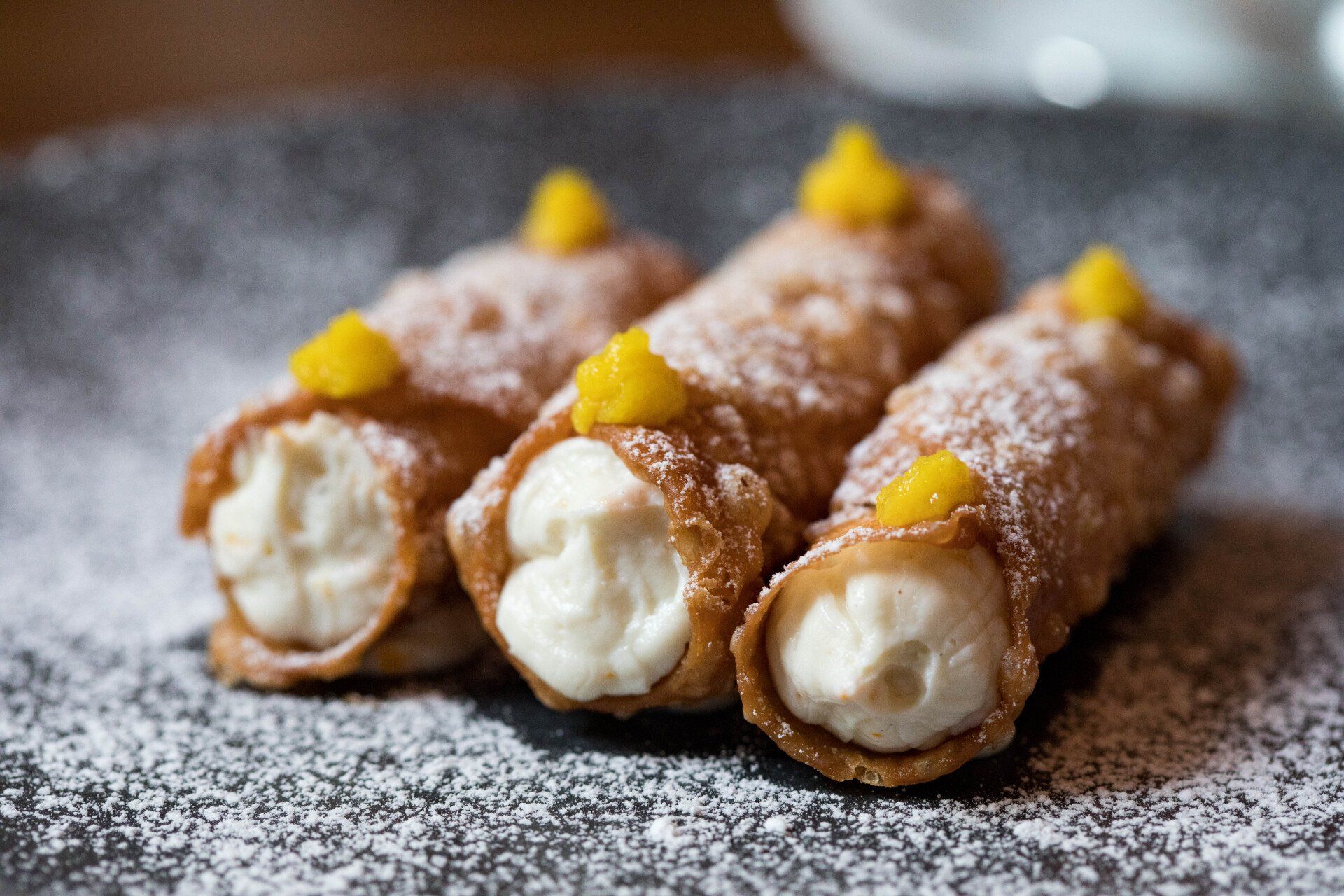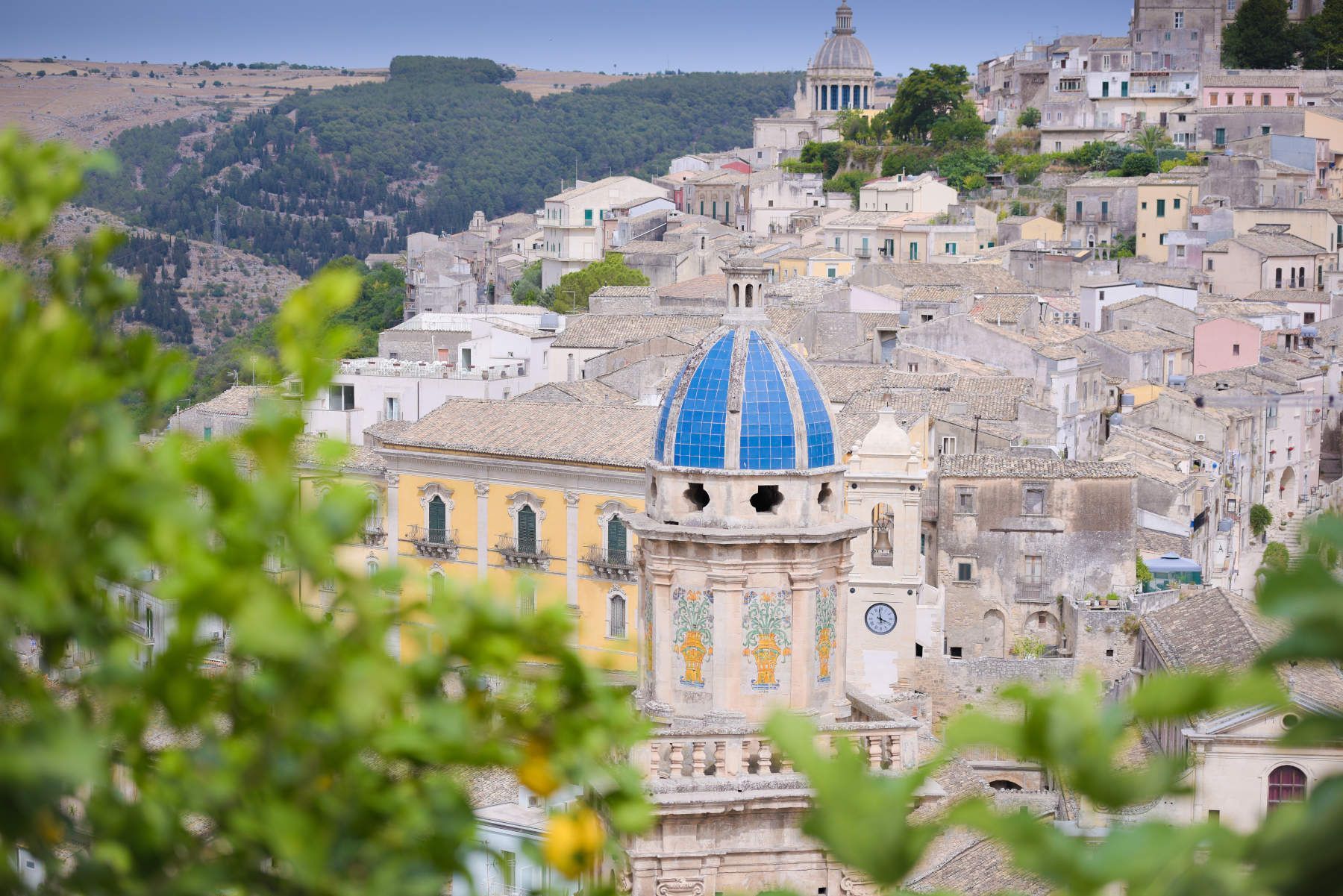555-555-5555
mymail@mailservice.com
New paragraph
New paragraph
west sicily
Different from the rest of the island, the west of Sicily has always been off the beaten track, closer to Tunisia than Europe.
Historically there were Phoenician and Arab invaders who influenced the architecture and food which can be still seen and tasted today.
CASTELLAMMARE DEL GOLFO
Castellammare del Golfo is a charming coastal town encircled by mountains in north west Sicily between Trapani and Palermo. It is known primarily for its harbour which, during the summer period, comes to life with a variety of bars and restaurants on the water’s edge. The surrounding area of natural beauty has several towns rich in history and culture including Erice, Trapani, Palermo, Monreale and Segesta Archaeological Site boasting some great examples of ancient Greek architecture. Boat trips are available to visit the Egadi Islands and Ustica and the coastline to San Vito lo Capo via Lo Zingaro Nature Reserve that encompasses 7km of rocks, caves, beaches and hiking trails.
SAN VITO LO CAPO
San Vito Lo Capo is famous for its stunning white sand beach lapped by emerald waters on the north western tip of the island. It is a small yet very popular holiday resort in the province of Trapani and boasts a number of bars and trattorias open until late in the summer. San Vito is also favoured by hikers and climbers due to the impressive mountains and caves situated nearby, some of which can be visited on foot or admired from the beach. Several festivals are organised in San Vito Lo Capo throughout the year, offering visitors the opportunity to indulge in the Sicilian culture. For example, in September the annual Couscous festival takes place over the course a week in which top chefs compete to create the best Couscous dish and the diverse history of Sicilian cuisine is celebrated.
Lo Zingaro Nature Reserve is 11km magnificent clifftop walk from San Vito or can be accessed by boat. The walk leads up the slopes of Monte Speziale (913m) and encompasses panoramic views, Mediterranean macchia, some 40 different species of bird and some trails down to beautiful deserted coves and beaches.
Trapani
The city of Trapani is the only major port in western Sicily and therefore has a past riddled with tales of invasion and conquest. During the last century, Trapani has had flourishing tuna fish and salt industries and today the province produces more wine than Chile. The old town has attractive Gothic, Renaissance and Baroque building and palazzi and the Museo Nazionale Pepoli, Cattedrale di San Lorenzo and the Palazzo Riccio di Morana are a few of the historical sites that are worth visiting, emphasising the city’s captivating past that is somewhat now hidden behind the more modern buildings that surround it. The city is famous for its seafood couscous and from Trapani there are ferries to visit the Egadi Islands as well as Pantelleria, Tunis and Cagliari in south Sardinia.
The Stagnone Nature Reserve
Outside Marsala lies a landscape featuring pink salt pans, red-roofed windmills and a huge blue lagoon dotted with scenic islands, very popular with wind and kite sufers. The Reserve extends from the Punta di San Teodoro beach to Capo Boeo – a Carthaginian historical site. It is a sanctuary to a variety of terrestrial and marine species and a number of bird species including iconic pink flamingos and ideal for birdwatching.
Marsala
Marsala is a beautiful coastal town and port with a diverse history but best known for its wine. The town was once favoured amongst Carthaginians after the Greek invasion of Mozia and also amongst Romans and the Arabs who used the town as a port for trade to and from Africa. There is the Museo Archeologico to discover the history of the city and Piazza della Repubblica with its cathedral (dedicated in 1628 to the Archbishop of Canterbury, patron saint of Masala) and palazzi reflect the Renaissance and Baroque period but the narrow streets surrounding it show the Arab influence. Porta Garibaldi commemorates the landing at Marsala of Giuseppe Garibaldi in 1860 on his expedition to liberate Sicily.
Marsala is, of course, now famous for its wine which was developed at the end of the 18th century and considerably improved local trade. It can be sampled in bars and restaurants in the town and can be bought from 19th and 20th century vaulted warehouses. Those with a particular interest in wine can take a guided tour with wine tasting.
Mazara del Vallo
Mazara del Vallo is an important fishing port and charming town situated on the southern coast of west Sicily. Originally founded in the 9th century by the Phoenicians, it was to flourish in later years under the Arabs and the Normans. Due to its diverse history, Mazara del Vallo has an interesting old town with a number of historical and architectural attractions such as the castello ruins, museum, cathedral, numerous churches and Arabic-style back streets. There is a tree lined sea front with cafés, bar and restaurants.
Castelvetrano
Castelvetrano is an inland farming town in the province of Trapani which is concerned primarily with woodworking and the cultivation of olive trees. Yet once as a garrison for Roman soldiers, there are some monuments of interest, such as the 16th century Chiesa di San Giovanni Castelvetrano, Chiesa Madre as well as the town museum. Castelvetrano is 15km from the Selinunte with one of the most interesting archaeological sites in Sicily with temples, acropolis, sanctuaries and alters covering approximately 1,740sqkm.
Selinunte
Selinunte is one of Sicily's great Greek archaeological sites, situated by the sea in the south-west Sicily. The isolated ruins here have stood abandoned for most of their history and allow visitors to imagine the ancient town of Selinus as it would have been 2,500 years ago. The archaeological park at Selinunte incorporates Greek temples, ancient town walls, ruins of residential and commercial buildings, countryside paths and zones not yet excavated. If you are interested in Greek Sicily, this is a very important site to visit, and the temples' setting close to the sea is wonderfully picturesque. Those with interest may also wish to visit the Cusa Quarries (13km north west) which were indispensable in the construction of the city of Selinunte and its temples in 409BC. Selinunte is situated in Marinella di Selinunte which is a quaint sea-side village with a few cafe bars and restaurants/ pizzerias.
Sciacca
Sciacca, located on the west coast of Sicily, is 98km from Palermo. It is an old spa town of two halves; the old walled town overlooks the fishing boats in the port and lower town. Within the old upper town the history of Sciacca can be seen with a maze of alley ways leading to open spaces with tree shade reflecting its Arab roots. The lower town has a selection of bars and restaurants on the seafront featuring fresh fish, the upper town has pizzerias and bars. Sciacca is renowned for its ceramic making and it’s Carnavale in February. The towns’ thermal baths can be used and about 1km outside of Sciacca is a sandy beach. Verdura Resort is 15km along the coast and wine tasting in Menfi is 20km away.
Menfi
Menfi is in the Province of Agrigento in the south west of Sicily, located about 70km southwest of Palermo. The town, which is 3km from the coast, was devastated by an earthquake in 1968 and still to this day has derelict streets. It is 7km to the coast at Porto Palo, a fishing village and summer resort with a beach and a few restaurants. The Greek archaeological site of Selinunte is 15km away and The Valley of the Temples in Agrigento 88km, both well worth visiting.
Inspire me
Why are we different?
Experience Sicily with Just Sicily, the island specialists. We can advise on travel and give you personal recommendations for accommodation and excursions to really appreciate the beauty of this wonderful island.
Book with confidence - ATOL protected ensuring your money is safe
Sicily specialists - Many years experience organising holidays to Sicily
Widest choice of personally selected accommodation
Tailor made holidays to suit all budgets
ABTA members maintaining high standards of service
Gold trusted merchant - Winners of the Feefo gold award
why just Sicily?
Newsletter Sign Up
Sign up for our newsletter to stay up to date on the latest news, offers and promotions!
Let's get social
Keep up to date with all things Just Sicily by following us on our social media channels
USEFUL LINKS
142 Mudeford Lane, Christchurch, Dorset, BH23 3HS
Just Sicily is a trading name of
Hargreaves & Nurse ltd
Foreign travel advice: The FCDO have up-to-date information on staying safe and healthy abroad. Click Here> to get the latest advice.












